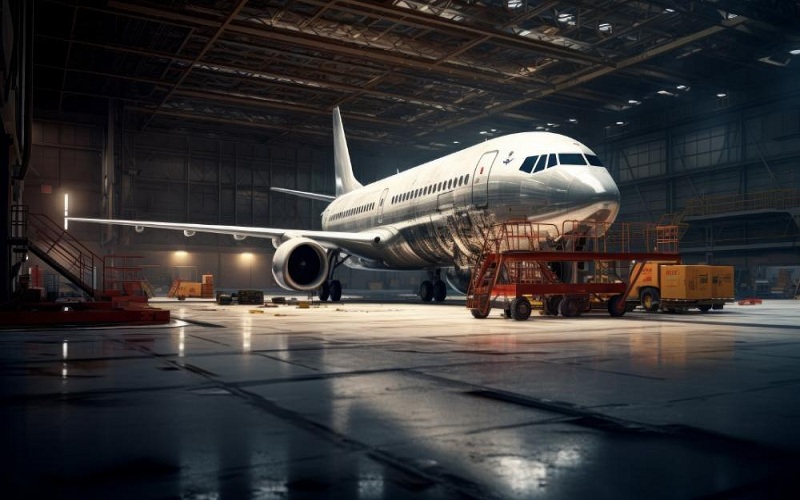
Every time we board an aircraft, we are putting our lives in the hands of advanced materials and the engineers who precisely select and craft them. From ultralightweight composites to specialized alloys and ceramics, modern airplanes utilize a diverse array of purpose-built materials to ensure reliable, safe, and efficient travel.
The Lightweight Strength Champions
Any added weight on an airplane increases drag and fuel costs, so keeping things as light as possible is crucial. That’s why many modern airframes are constructed using advanced polymer composites reinforced with lightweight yet extremely strong fibers like carbon or glass. According to the experts at Aerodine Composites, components made from composites in aerospace applications can be just as strong as aluminum alternatives, yet weigh 20-30% less. Lower weight translates directly into reduced fuel burn and operating costs for airlines.
Heat-Defying Super-Materials
One of the biggest challenges for aerospace engineers is managing the extreme temperatures generated by jet engines during flight. While the air intake areas experience super-chilled temperatures approaching -58°F, the internal combustion chambers and turbine sections face searing heat over 3000°F – hot enough to melt many metals. Specialty superalloys incorporating exotic ingredients like rhenium, tungsten and ceramic particles are employed to withstand such punishing thermal cycles without deforming or corroding.
Icing Challenges for Modern Wings
We’ve all experienced unfortunate delays or safety risks caused by ice on wings and other surfaces. But many modern airframes are shifting away from traditional aluminum skin materials that are prone to ice buildup. Instead, components made from composites comprising polymers like PEKK or thermoplastic carbon fiber composites demonstrate superior ice shedding capabilities because of their inherent properties. Electrically conductive anti-icing systems embedded within leading wing edges also help prevent hazardous icy buildup.
Self-Sensing Smarts for Preventative Maintenance
Today’s high-tech airframes contain distributed networks of smart sensors and responsive materials that continuously monitor the health and structural integrity of critical components. Lightweight nanomaterial composites laced with carbon nanotubes can detect growing cracks, delamination, or other structural damage by precisely tracking any changes in electrical conductivity. This smart sensing ability enables predictive maintenance to address potential issues long before they become safety risks.
Windows to the Future
While providing amazing views, conventional windows on airplanes remain stubbornly heavy and can pose a safety risk if shattered. But thanks to advanced transparent composites and polymer alternatives, sleek, panoramic window designs are on the horizon. New materials like aluminum oxynitride glass promise large, optically clear windows that are up to 35% lighter than traditional aircraft glass, yet highly resistant to bird strikes or succumbing to cracks under extreme stress.
Quieter Rides at Higher Speeds
Noise pollution from engines and elevated cabin noise levels remain major challenges for improving passenger experience, especially as aircraft continue pushing towards higher cruise speeds. Acoustic-dampening materials like honeycomb composites sandwiched between multi-layer acoustic blankets are increasingly incorporated to quell noise in cabins and cargo bays.
Tomorrow’s Airborne Innovations
From reducing drag with new aerogel insulation panels to lighter, higher-performance fuel tanks made from advanced polymer composites, new applications for groundbreaking materials are taking flight. Looking ahead, nanotechnologies like self-healing aircraft coatings could radically boost durability. And research into morphing materials controllable via electrical currents or temperature changes could enable wings able to change shape mid-flight for optimized performance under varying conditions.
Conclusion
While invisible to air passengers, the unique materials comprising every nut, bolt and airframe component are vital unsung heroes, enabling affordable and safe air travel around the world. Just as the science of aerospace materials evolves, so too will the future possibilities for increasingly faster, greener, and more reliable air transportation. The boundaries of flight are limited only by the innovations in materials still to come.






